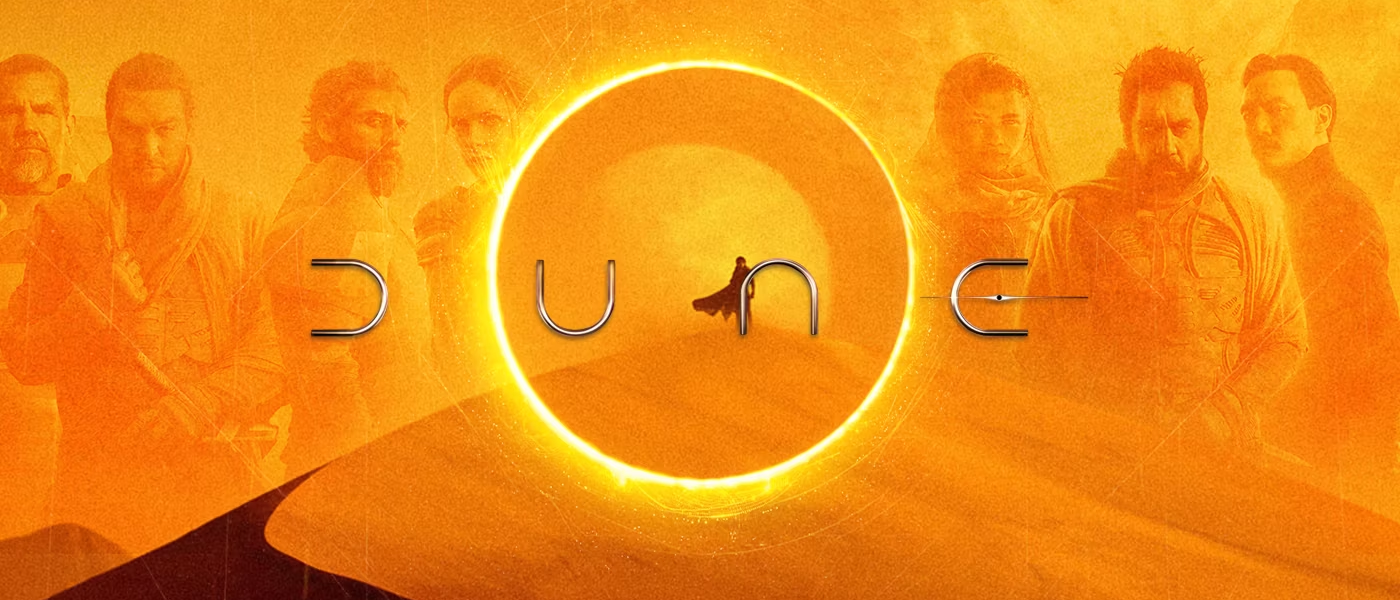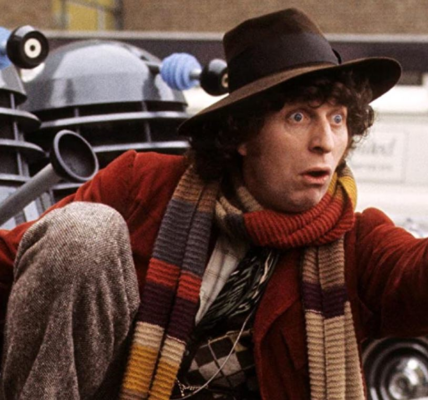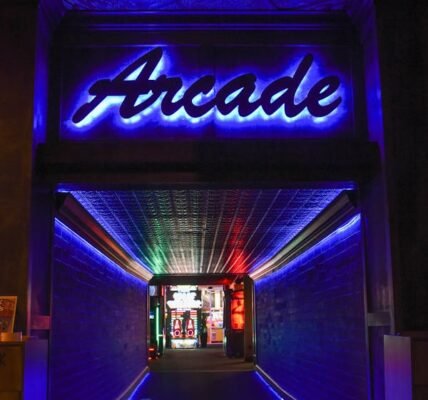Denis Villeneuve’s Dune captivated audiences with its visually stunning landscapes and epic storytelling, making it one of the most anticipated science fiction films of the last decade. The sequel, Dune Part Two, continues to build upon the foundation laid by its predecessor, diving deeper into the world of Arrakis, politics of power, and the epic journey of Paul Atreides. One question that fans and film enthusiasts have been eagerly asking is: where was Dune 2 filmed?
The locations used in Dune: Part Two play a critical role in creating the immersive experience of the film. From the vast deserts representing Arrakis to the intricate cityscapes, the filmmakers meticulously selected locations that enhance the grand scale of the narrative.
Overview of Dune 2 Filming Locations
Much like the first film, Dune: Part Two was shot in multiple breathtaking locations across several countries. The film’s director, Denis Villeneuve, was dedicated to blending practical locations with CGI to maintain the grandeur and authenticity of the fictional universe. The sequel expanded on the existing locales while introducing new landscapes that further illustrate the story’s depth.
Abu Dhabi, UAE The Expansive Deserts of Arrakis
The desert planet of Arrakis, also known as Dune, is the heart of the Dune series, and capturing its vast and harsh landscape was crucial. The filmmakers returned to the Liwa Desert in Abu Dhabi, UAE, to recreate the awe-inspiring sands of Arrakis. The golden dunes, stretching endlessly under the scorching sun, perfectly embody the unforgiving environment where the Fremen live and the spice melange is found.
Abu Dhabi’s deserts were also used in the first Dune film, and the decision to return for the sequel was due to the cinematic quality of the landscape. The sweeping shots of dunes against the backdrop of a cloudless sky provide the ideal setting for the dramatic sequences involving sandworms and intense battles. The location offers both the scale and beauty that Dune: Part Two needed to deliver the immersive experience that fans expect.
Wadi Rum, Jordan An Otherworldly Landscape
Wadi Rum, often referred to as “The Valley of the Moon,” is another desert location that features prominently in Dune: Part Two. Known for its stunning rock formations and deep red sands, Wadi Rum has become a favorite location for filmmakers looking to portray alien worlds. In the context of Dune, the location’s surreal beauty fits seamlessly into the mystical and dangerous environment of Arrakis.
Wadi Rum was previously used in films like The Martian and Lawrence of Arabia, showcasing its versatility in portraying otherworldly landscapes. In Dune: Part Two, Wadi Rum serves as a key backdrop for several key scenes involving Paul Atreides, the Fremen, and the growing conflict between the noble houses.
Budapest, Hungary High-Tech Sets and Interiors
Budapest has become a hub for major film productions, offering state-of-the-art studios and facilities. Much of Dune: Part Two was filmed at Origo Studios, where intricate sets were built to depict the interiors of the royal palaces, Harkonnen strongholds, and other key locations. The Hungarian capital also provided locations for exterior shots, enhanced by CGI, giving a futuristic yet grounded look to some of the cityscapes and battle scenes.
In Dune: Part Two, the production utilized both the historical architecture of Budapest and modern studio techniques to craft immersive environments. The use of practical sets alongside CGI allows for a seamless blend of reality and fantasy, contributing to the visual spectacle of the film.
Altivole, Italy A Taste of Historic Grandeur
A surprising addition to Dune: Part Two’s filming locations is the small town of Altivole in northern Italy. Known for its stunning Villa Barbaro, designed by the Renaissance architect Andrea Palladio, this location was chosen to capture a more elegant and historic ambiance for some of the Atreides family’s scenes. While not as expansive as the deserts of Abu Dhabi or the rugged terrain of Wadi Rum, Altivole’s architecture adds a layer of depth to the visual storytelling.
The intricate stonework and lush surroundings of the villa contrast with the stark deserts of Arrakis, symbolizing the different worlds and cultures within the Dune universe. This location underscores the theme of heritage and power, central to the narrative of the Atreides family.
FAQs
Where were the indoor scenes and studio shots for Dune Part 2 filmed?
Most of the indoor scenes, as well as visual effects-heavy sequences, were shot at Origo Studios in Budapest, Hungary. The studio provided state-of-the-art facilities for creating the film’s elaborate sets and green-screen environments.
Why was Abu Dhabi chosen as a filming location for Dune Part 2?
Abu Dhabi’s vast and endless sand dunes provided the perfect setting to portray the arid, desolate environment of Arrakis. The Liwa Desert in Abu Dhabi, with its towering dunes and dramatic landscapes, was previously used in Dune: Part 1 and reprised its role in Part 2 for consistency and cinematic continuity.
What locations in Jordan were used for Dune Part 2?
In Jordan, the production filmed in the stunning Wadi Rum desert, a location renowned for its rugged, otherworldly beauty. This iconic site has been featured in several sci-fi films due to its stark, Mars-like landscapes, making it ideal for representing the remote desert world of Arrakis.
Conclusion
The locations used in Dune Part Two are not just backdrops; they are an integral part of the storytelling. From the endless deserts of Abu Dhabi to the ancient structures of Altivole, each location was carefully selected to serve the narrative and bring the world of Dune to life. Denis Villeneuve’s commitment to practical effects and authentic settings ensures that the film continues to be a visually stunning experience, immersing audiences in the epic journey of Paul Atreides and the fate of Arrakis.
To read more, Click Here .




